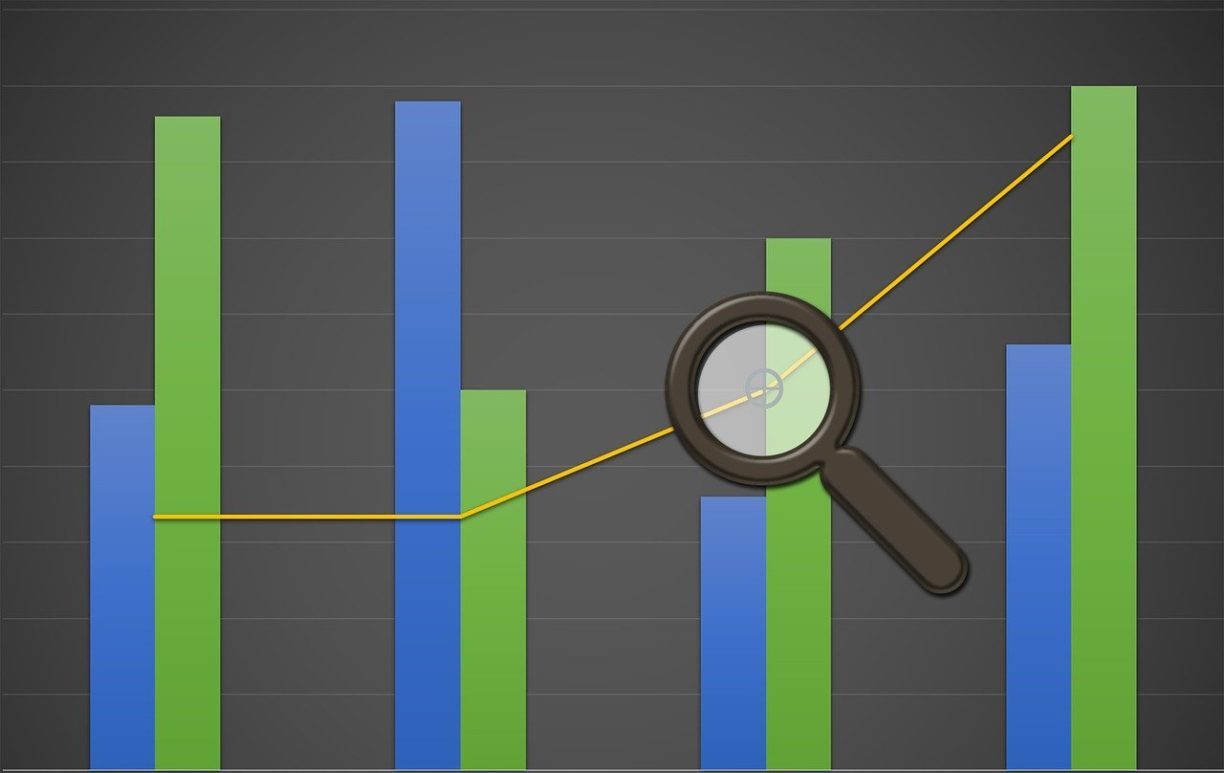In today’s business environment, numbers mean everything, and with more than 30 million small businesses in the US alone, you have to find a way to stand out from the competition.
You need to harness every piece of information your organization produces, draw meaning from it, and use it to come up with a solid strategy to give your company an edge over its competitors.
Business analytics is the missing piece of the puzzle that ties everything together. But what exactly is it, and why does your business need it? This article seeks to demystify it.
What Is Business Analytics
This refers to the technologies and approaches used to access and analyze the data generated by a company. Its goal is to get a clear picture of the current state of the organization’s performance-wise to make better decisions, create a foolproof strategy, and ultimately boost the growth of the company.
Types of Business Analytics
Below are the three principal approaches used in business analysis and why organizations need them.

1. Descriptive Analytics
This is the most basic form of business analytics and is used by the vast majority of organizations today. It seeks to answer the question, “What happened?” To answer it, an individual has to analyze both the historical and real-time data to draw insights. It provides context, which is critical to understanding data and information.
If you can find out the reasons behind past successes or failures, you can identify the strategies that worked versus those that didn’t. The word “past” in this case could mean an event that happened a month ago or even a minute ago.
Descriptive analytics is used across a wide range of industries for a wide range of reasons. Some of the common ones include benchmarking annual sales and revenues, and inventory tracking. It is also used in forensic data analytics to investigate, uncover, and prevent financial fraud and non-compliance.
2. Predictive Analytics
This type analyzes an organization’s historical data to identify trends and patterns that can accurately provide information on what is likely to happen in the future. If an organization can predict the likelihood of certain events happening, then it can set realistic goals, plan properly, and manage expectations.
Predictive data analytics are based on probabilities generated using statistical models and machine learning algorithms. For instance, if you have an eCommerce website, you would use it to display specific products to repeat visitors based on the products they view the most in addition to past purchases they’ve made on your site.
3. Prescriptive Analytics
This builds on predictive analytics to come up with different possible outcomes. It uses the available data to find a course of action that will likely yield the best results in a given scenario.
The decision on which route to take depends on the business situation you’re facing at the time. A common application of prescriptive analytics is in product innovation and management.
For instance, your company may be hard-pressed to narrow down its most popular product offerings from the existing seven to four to cut down on production costs. Each of the seven original products generates roughly the same amount of revenue. Predictive analytics would help you decide which ones to get rid of and which ones to keep for the best results.
Whereas descriptive analytics looks into what has happened, and predictive analytics forecasts what is likely to happen in the future, prescriptive analytics is about finding the best solution given multiple scenarios.
What Is Business Intelligence
Business analytics is often confused with business intelligence, even though the two mean completely different things. Analytics explores the whats and hows. Intelligence, on the other hand, looks at the whys.
It essentially focuses on the tools and techniques used to access your business’ raw and potentially massive amounts of data and apply specific metrics to draw your own interpretations of and conclusions from it.
Here’s another way to look at it. Business intelligence describes the current state of affairs in a highly granular and forensic manner in real-time. Whatever meaning you want to draw from that data is entirely up to you. So, having the right set of skills to be able to interpret and draw meaningful conclusions from it is important.
Analytics, on the other hand, tries to use the data collected to predict what is bound to happen in the future using a combination of predictive modeling and statistical analysis. When you know what to expect, you can make changes to improve the potential outcome.
Types of Business Intelligence
There are generally four different types of business intelligence that every organization needs to be aware of.
1. Business Intelligence Reporting
This uses a record of past organizational data to develop documents that contain valuable information on a company’s activities over a given duration. It may cover every facet of a company’s activities over a specific period or a simple weekly report that shows how your Google Ads campaign is doing.
2. Analysis
This explores the reasons why a particular event happened. Data in itself is useless if it cannot be interpreted and translated to a form that can be understood. Analysis can take three forms:
- Ad-Hoc Query – Where users develop their own data queries
- Spreadsheet Analysis – Involves analyzing data contained in spreadsheets
- Visualization Tools – Uses tools like pie charts and graphs to make it easier for users to read and understand
3. Monitoring

This allows users to keep track of data in real-time. It is useful for getting snapshots when making decisions or in between reporting periods. Monitoring can be done through key performance indicators (KPIs), a dashboard, or a business performance management system.
4. Prediction
This is an incredibly complex type of business intelligence and most organizations never get to this point. It uses the data that is currently available to try and forecast what is likely to happen in the business landscape. This is achieved through data mining and predictive modeling.
Run Your Business Like a Well-Oiled Machine
If you’re looking to improve internal processes and streamline operations in your company, business analytics services are exactly what you need to achieve this. It also means that every decision made in your company is based on well-informed and intelligent information.
So, if you want to identify lucrative opportunities, target your customers better, and even prevent your shipping processes from turning into a logistical nightmare, you need to implement business analytics in your strategy ASAP. Talk to an analytics expert today to find out how to make this possible.

